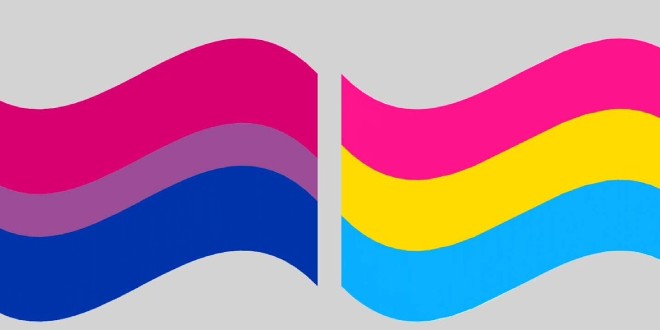Pansexuality and bisexuality are two sexual orientations that are often misunderstood and confused with one another. While there are some similarities between the two, they are not the same thing.
Bisexuality is the attraction to both men and women. Bisexual individuals may be attracted to both genders equally, or they may have a preference for one gender over the other. Bisexuality is often represented by the bisexual pride flag, which features two colors: pink for attraction to women, and blue for attraction to men.
Pansexuality is the attraction to all genders, including men, women, transgender, gender non-binary, and gender non-conforming individuals. Pansexual individuals do not experience gender as a limiting factor in their attraction to others. Pansexuality is often represented by the pansexual pride flag, which features three colors: pink for attraction to women, blue for attraction to men, and yellow for attraction to all other genders.
Despite some similarities, there are some key differences between bisexuality and pansexuality. Bisexuality is limited to attraction to men and women, while pansexuality encompasses attraction to all genders. Bisexuality is also often conflated with binary gender identities, while pansexuality is inclusive of non-binary gender identities.
In conclusion, pansexuality and bisexuality are two distinct sexual orientations. While bisexuality is the attraction to men and women, pansexuality is the attraction to all genders. Pansexuality is inclusive of non-binary gender identities, while bisexuality is often conflated with binary gender identities.
 Lesbian, Gay, Bisexual, Transgender & Intersex News Lesbian News, Gay News, Bisexual News, Transgender News, Intersex News, LGBTI News
Lesbian, Gay, Bisexual, Transgender & Intersex News Lesbian News, Gay News, Bisexual News, Transgender News, Intersex News, LGBTI News




